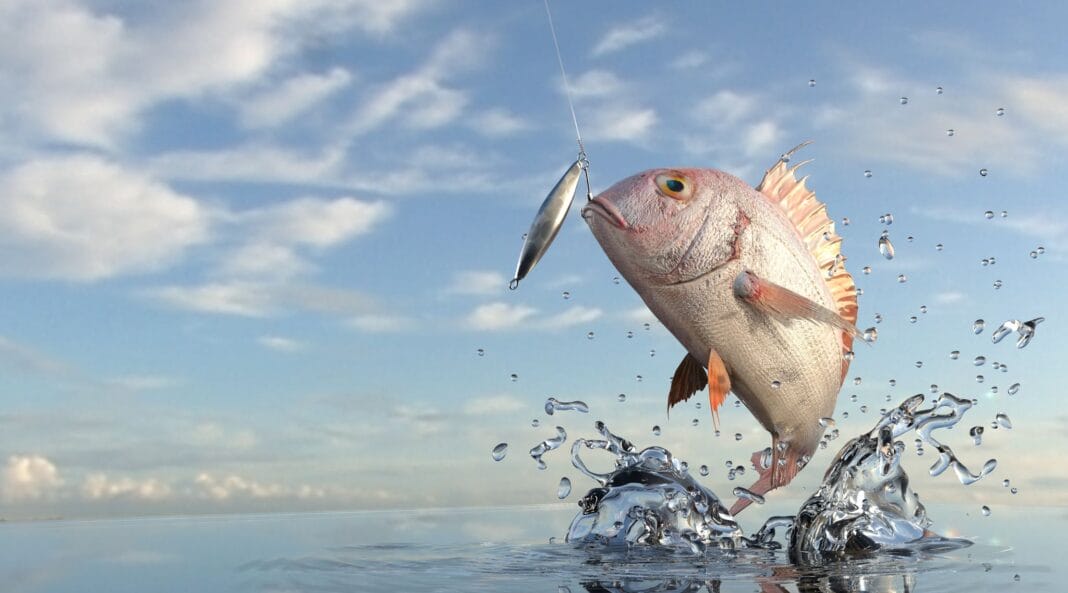Saltwater fishing is a thrilling adventure that offers the chance to catch a diverse array of fish in various settings, from tranquil beaches to the open ocean. However, diving into this hobby requires understanding the necessary equipment to ensure a successful fishing trip. This guide will help beginners understand the essential saltwater fishing tackle to get started.
Understanding Saltwater Fishing
Before delving into the specifics of tackle, it’s essential to understand what distinguishes saltwater fishing from freshwater fishing. Saltwater environments include oceans, seas, and estuaries, where anglers can find species like tuna, marlin, mackerel, and many more. The equipment used in saltwater fishing is designed to withstand the corrosive effects of salt and the strength of large marine species.
Essential Saltwater Fishing Tackle
When starting your saltwater fishing adventure, having the right gear is crucial. Here’s a breakdown of the essential tackle you’ll need:
1. Fishing Rod
Choosing the right fishing rod is the first step in tackling saltwater fishing. Consider the following factors:
- Length and Action: Saltwater rods typically range from 7 to 15 feet. Longer rods are ideal for casting from the shore, while shorter rods offer better control on a boat. The rod action, which refers to where a rod flexes along its length, should be medium to fast for most saltwater applications.
- Material: Opt for rods made from durable materials like fiberglass or composite, which are capable of handling the stress of saltwater fishing.
2. Reel
Paired with your fishing rod, the right reel is essential:
- Types of Reels: Spinning reels are generally recommended for beginners due to their ease of use. For more experienced anglers, conventional or baitcasting reels offer greater control and power.
- Reel Material: Look for reels made from corrosion-resistant materials such as aluminum or stainless steel to withstand saltwater conditions.
3. Fishing Line
The fishing line connects you to the fish and needs to be strong and durable:
- Line Type: Monofilament lines are versatile and user-friendly, while braided lines offer higher strength and sensitivity. Fluorocarbon lines, often used as leaders, offer invisibility underwater.
- Line Strength: Depending on your target species, line strength can range from 10 to over 100 pounds. Ensure the line is sufficient for the size of fish you’re aiming to catch.
4. Hooks
Choosing the correct hook size and style is critical to your success:
- Hook Size: The size of the hook should match the size of the bait and target fish. Generally, larger hooks are used for bigger fish.
- Material: Stainless steel hooks are preferred for their resistance to rust and corrosion.
5. Lures and Baits
The right lures and baits can make all the difference:
- Artificial Lures: These come in various forms like jigs, spoons, and soft plastics. Select lures based on the species you aim to catch and water conditions.
- Live Bait: Common options include shrimp, squid, and small fish. Live bait often proves to be more enticing to fish but requires proper handling and storage.
6. Tackle Box
Organizational tools like a tackle box are indispensable:
- Storage: A good tackle box should have multiple compartments for storing lures, hooks, and other small items. Ensure it’s made from rust-resistant materials.
7. Terminal Tackle
This includes essential components such as swivels, sinkers, and leaders:
- Swivels: These prevent your line from twisting when casting or retrieving.
- Sinkers: Depending on water conditions and fishing depth, you’ll need various types of sinkers to help keep your bait in place.
- Leaders: Leaders protect your line from sharp teeth and abrasions. They can be made from nylon, wire, or fluorocarbon.
Additional Considerations
1. Safety Gear
Safety should always be a priority when fishing in saltwater environments:
- Life Jackets: Especially crucial when fishing from a boat.
- Sun Protection: Use sunscreen, hats, and polarized sunglasses to protect yourself from harmful UV rays and reduce glare on the water.
2. Licensing and Regulations
Before heading out, familiarize yourself with local fishing regulations and ensure you have the necessary permits and licenses.
3. Maintenance
Maintaining your fishing gear is crucial for longevity:
- Rinse Gear: After each saltwater trip, rinse your tackle with fresh water to remove salt and prevent corrosion.
- Regular Inspections: Check for wear and tear, especially on lines and hooks, before each outing.
Embarking on a saltwater fishing journey is both exciting and rewarding. By equipping yourself with the right tackle and understanding the basic principles involved, you can increase your chances of a successful and enjoyable fishing experience. Remember, preparation is key, and the ocean offers endless opportunities for exploration and adventure. Happy fishing!



